Seascape photography can be both incredibly rewarding and incredibly frustrating at the same time. The entire process of photographing seascapes is slightly different than regular landscape photography and there are a few extra factors you need to keep in mind.

Coming from inland Norway it wasn’t until I moved to Northern Spain that I really got a taste of photographing seascapes. It took a while for me to adapt and feel comfortable with waves crashing around me (I know those who come from coastal towns might be laughing now!) However, after living along that coast for nearly a year, and revisiting several times since, I’ve picked up several tips and tricks that can make a huge difference in your seascape photography.
#1 – Know the Tides
Understanding how the tides will impact the location you’re photographing is most likely the most important factor of capturing beautiful seascapes.
I remember the first time I visited Playa de Barrika, a stunning beach outside of Bilbao in Spain, I didn’t take one single image. It was a warm and beautiful day but the beach looked nothing like what I had expected. In fact, there wasn’t much of a beach at all. Since the tide was high, the waves went almost up to the cliffs, leaving only a thin strip of beach left. In my defence, the main purpose of this trip wasn’t photography but I had hoped to at least see what all the fuss about this place was about.

Playa de Barrika during low tide.
A few weeks later, I revisited the beach and this time I made sure that the sunset was during medium to low tide, which is ideal for this location. What met me was a completely different beach which was nothing but spectacular.
Anyway, what I’m saying is that you need to familiarize yourself with the beach you’re visiting and learn what tide is optimal to photograph that spot. Some places are interesting during high tide only while others offer opportunities regardless of the tide. Just make sure that you’re aware of this so you don’t miss out on a potentially great image.

Rising tide at Los Urros, Spain
How to Research the Tides
There are several methods to research and learn about the tides but I prefer to do this via a website such as Tides4Fishing or Tide Forecast. What I like about these pages is that you’re able to see the tides for a long period into the future, making it possible to plan trips that are months ahead.
Even though I prefer to research the tides from my computer or on a web browser, smartphone applications such as My Tide Time will also do a great job.
#2 – Accessories for Seascape Photography
We can’t avoid talking a little about accessories, can we?
Quite honestly, the accessories I recommend for seascape photography is more or less the same as the ones I recommend for landscape photography in general. The requirements are pretty similar even though the conditions by the coast might require a heavier use of cleaning products!
Lens Wipes
If you don’t already have a couple lens cloths and pre-moisturized wipes in your camera bag I strongly recommend you get some right away. These cheap and small tools are essential in keeping your lens clean and free for unnecessary dust spots.

Zeiss lens cleaning wipes.
Pre-moisturized wipes are even more important for seascape photography. If there’s a little wind, or you’re standing close to the waves, it’s quite likely that salt will gather on the front of your lens or filters. By having a pre-moisturized wipe and a microfibre cloth nearby you can easily remove this dirt from the lens and continue to take smudge-free images. This will also save a lot of time in post-processing.
Filters
Filters aren’t an essential part of seascape photography but they do have an even greater impact than they do when photographing motionless landscapes. A slight increase in the shutter speed can benefit the image a lot, but we’ll come back to this in a few minutes.

There are many filters to choose between but if you are just getting started with photography I recommend starting with a Circular Polarizer, a medium strength ND Filter, and a Soft Graduated ND Filter. This combination is all you’ll need in most scenarios and will be a great start to capturing beautiful seascapes.
Keep in mind that the use of a slow shutter speed also requires the use of a tripod!
A Remote Shutter
When you’re working with shutter speeds of approximately 0.5 seconds you’ll want to use a remote shutter to avoid camera shake. This doesn’t need to be an expensive accessory; a cheap remote shutter from Best Buy will do the job.
A remote shutter can also be useful when your tripod is placed close to the water and you don’t want to get wet. You can stand on a rock next to the camera and take pictures exactly when the waves look the best. Just take care of your camera and watch out for big waves. You don’t want the tripod to fall over!
#3 – Choosing the Perspective
The perspective often plays a great role in an image’s composition regardless of what you’re photographing. But when working with seascapes and the water’s motion, I’ve found it to be even more impactful.
Changing from a high to low perspective can make a great difference to the image, especially the depth. When photographing with a low perspective you’ll get the sensation that the waves are actually surrounding you. In addition, you can benefit from the leading lines that the waves create, which also will greatly benefit your composition.

On the other hand, using a higher perspective, or even an overview of the beach, can impact the image in a completely different way. You might not feel like your standing in the water but you get a better look at the beach and its surroundings. Some of my favorite images of beaches are taken from above rather than at sea level.
#4 – Choosing the Right Shutter Speed
The last factor you should keep in mind when photographing seascapes is the choice of shutter speed. Since I first began photographing with filters I’ve been fascinated by how great an impact a slight adjustment can have.

There are no right or wrong choices for shutter speed. It depends on your preference and what you wish to convey through that specific image. However, I’ll share some of my thoughts about this topic:
When photographing close to the water, with waves rolling in and leaving trails as they go back out, I prefer to use a shutter speed of approximately 1/2 second. I’ve found this to be the spot where I capture both the textures of the waves but still get the nice lines as the waves recede.
As I adjust to a higher perspective I tend to slow down the shutter speed more (longer exposures). Exactly how much depends on the specific scene, but normally I use an exposure between 5-30 seconds.
Again, that’s just my preferences and even I don’t follow them strictly. The best way of finding what you enjoy is to explore with different shutter speeds. If you want to learn more about the use of slow shutter speeds I’ve shared everything I know about the topic in The Ultimate Guide to Long Exposure Photography.
The post 4 Tips for Capturing Beautiful Seascapes by Christian Hoiberg appeared first on Digital Photography School.
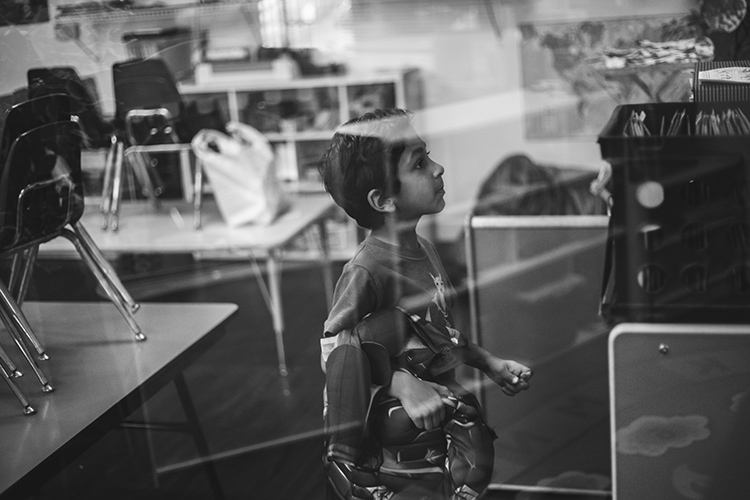



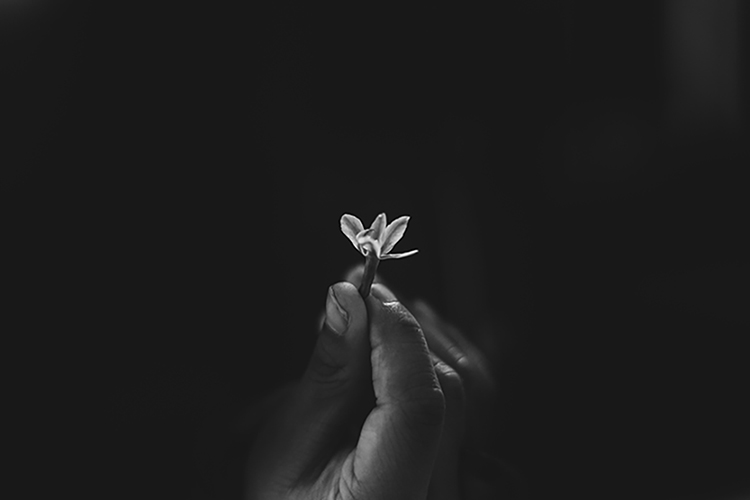





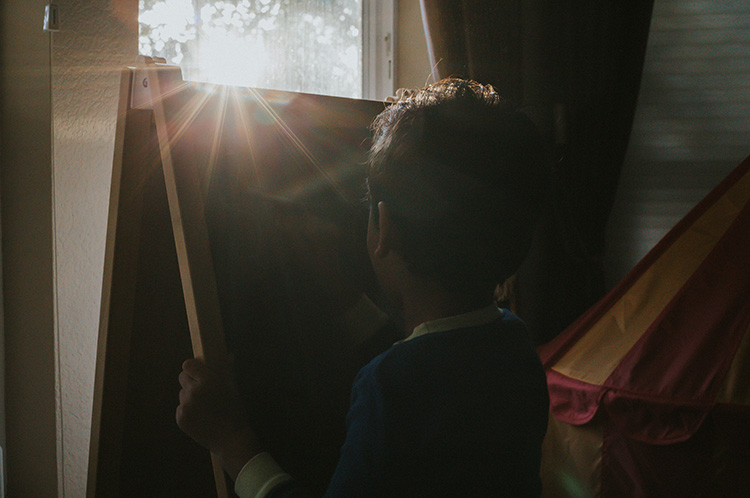

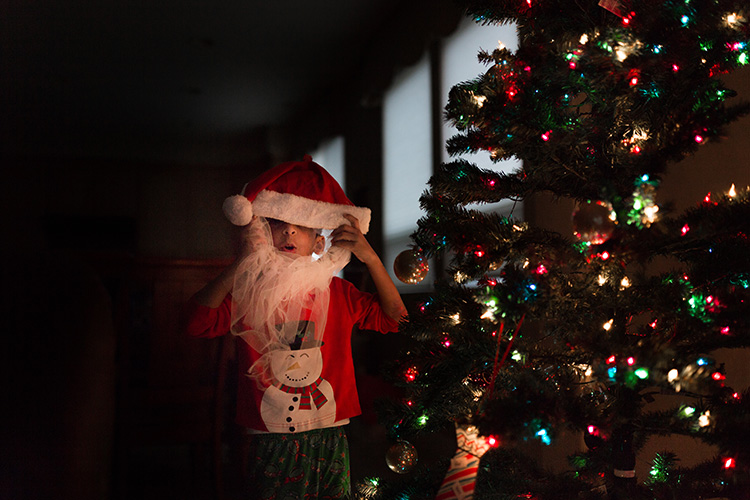

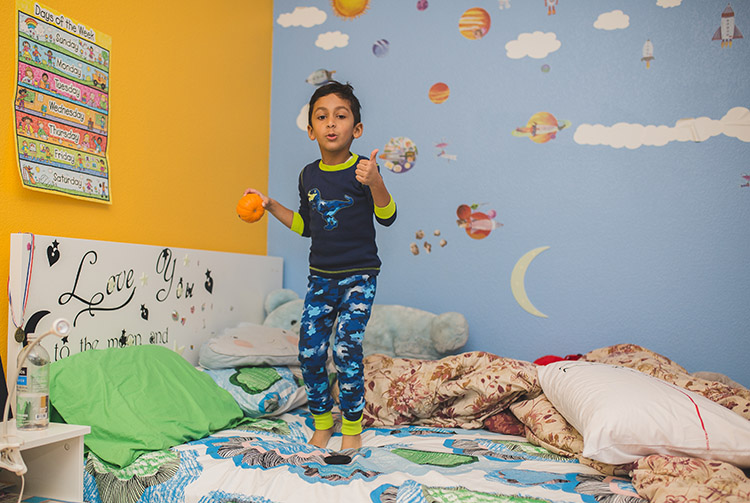
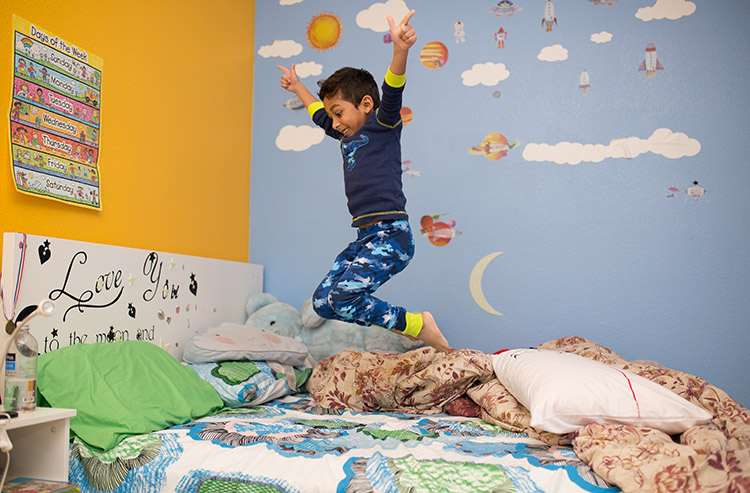
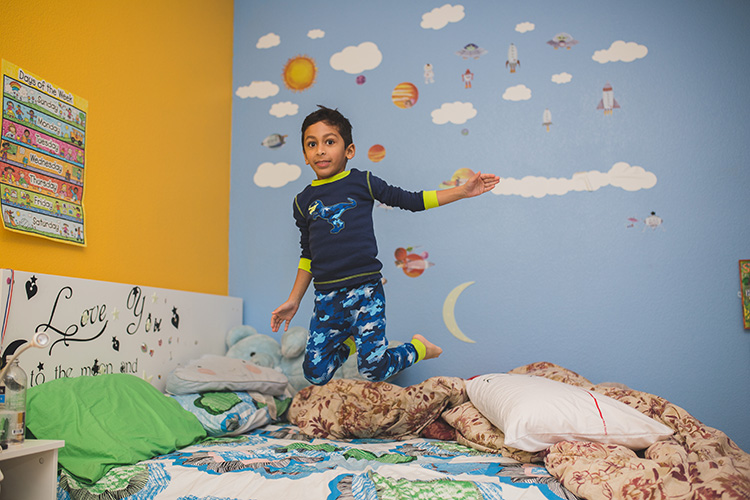

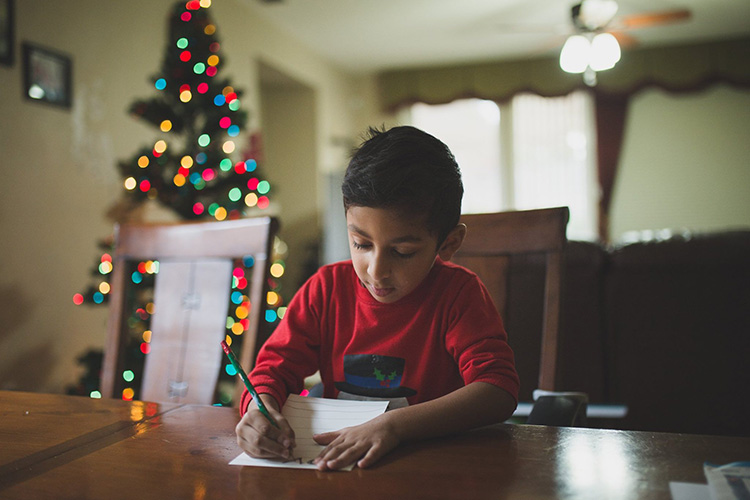
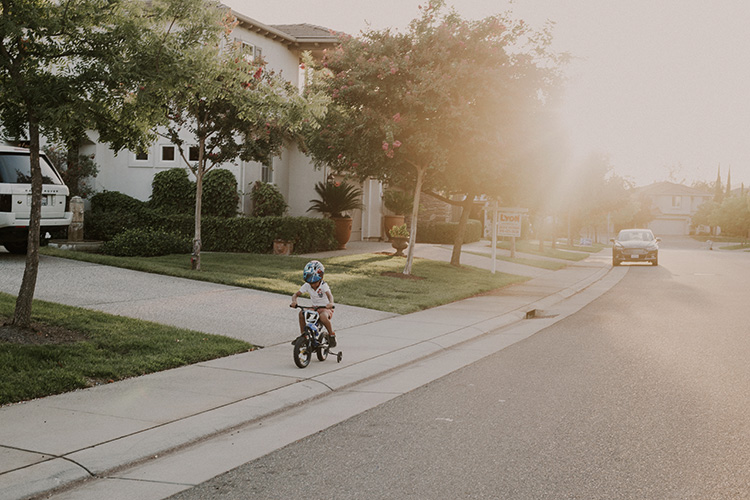
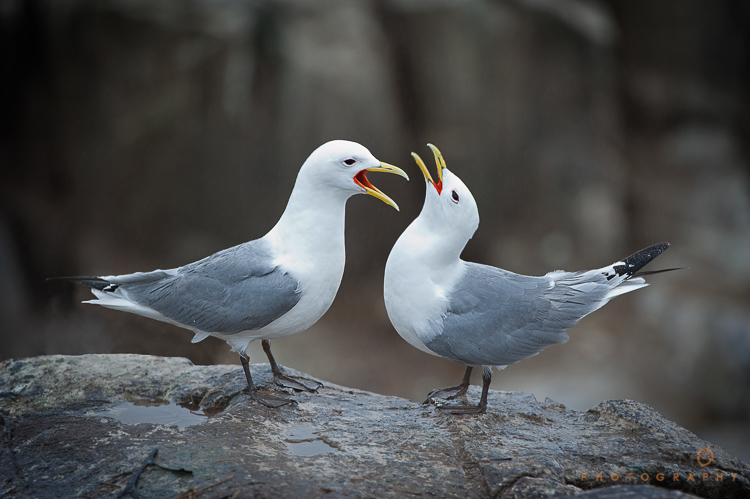
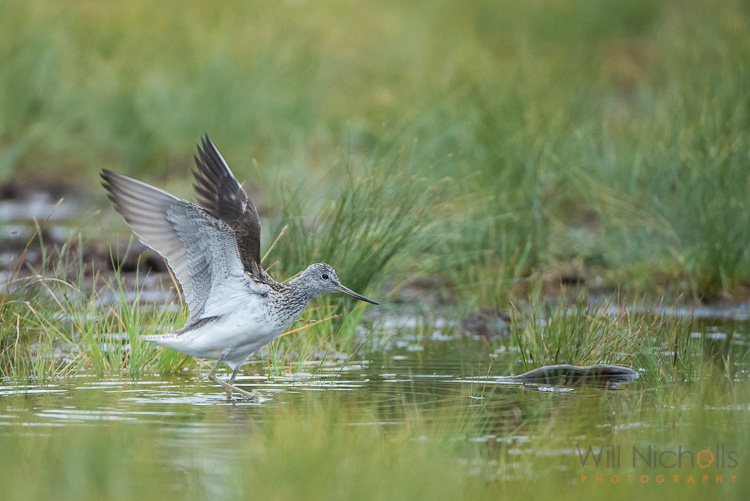
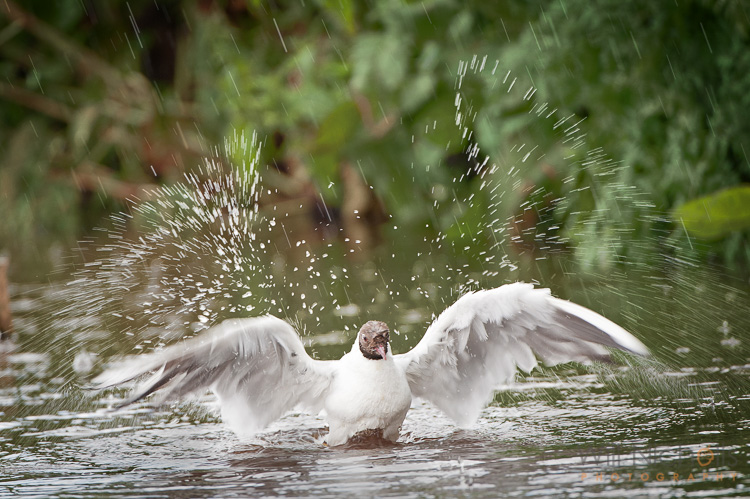


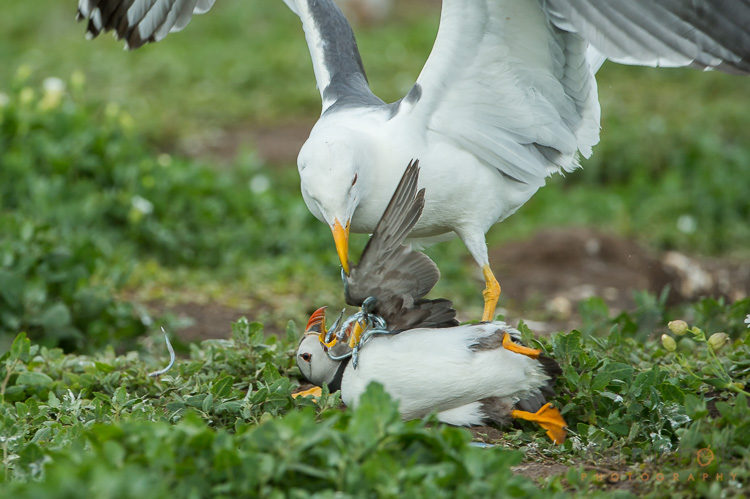
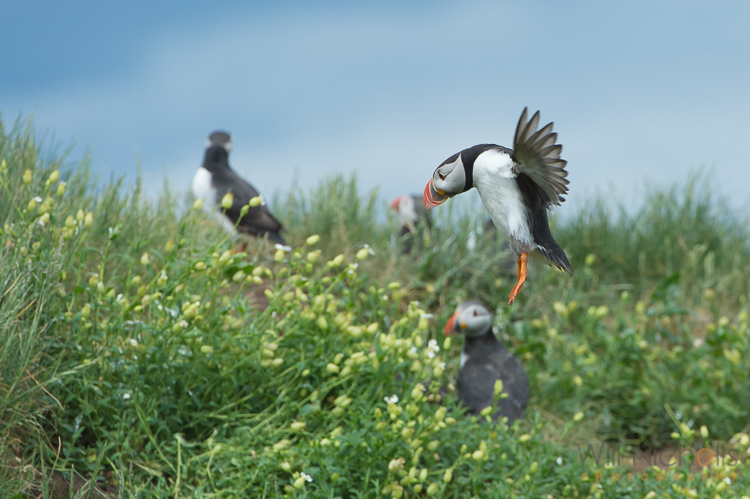



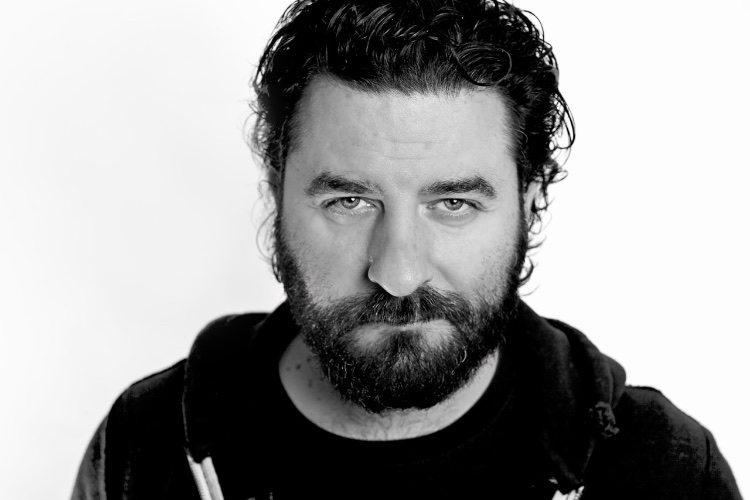






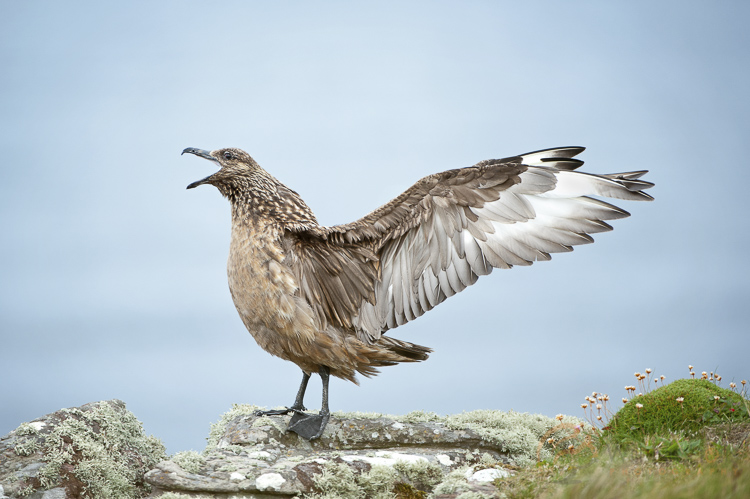
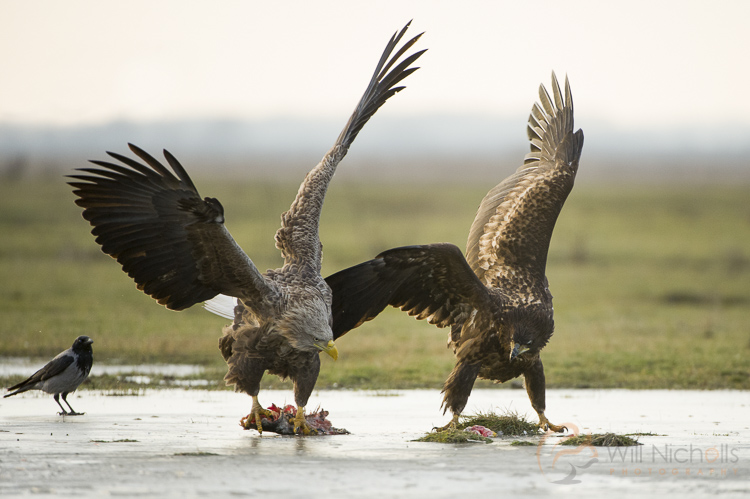

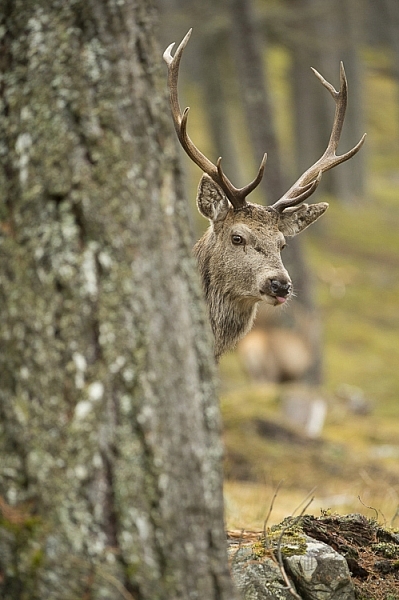

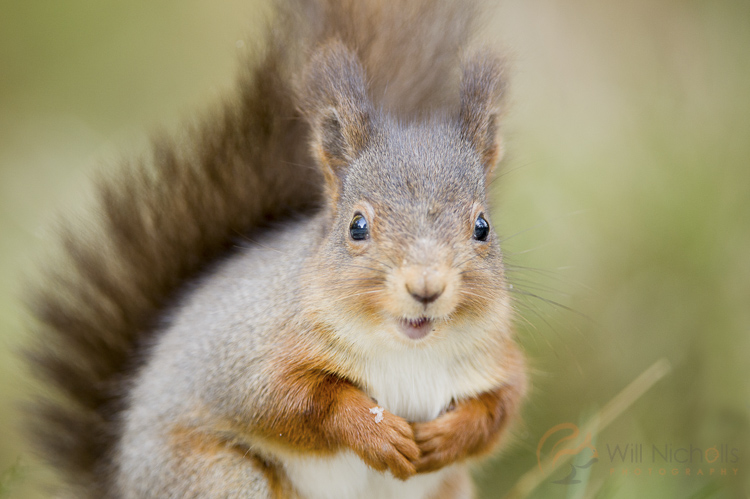
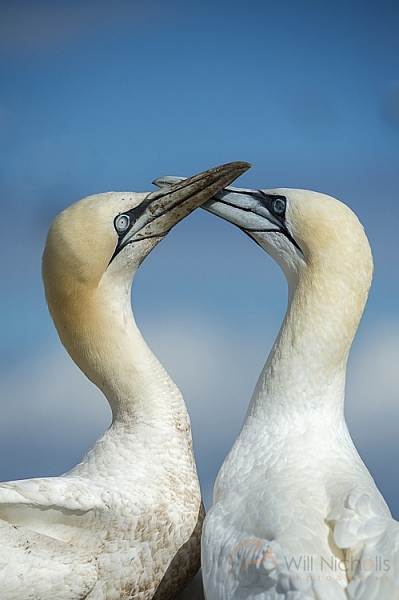
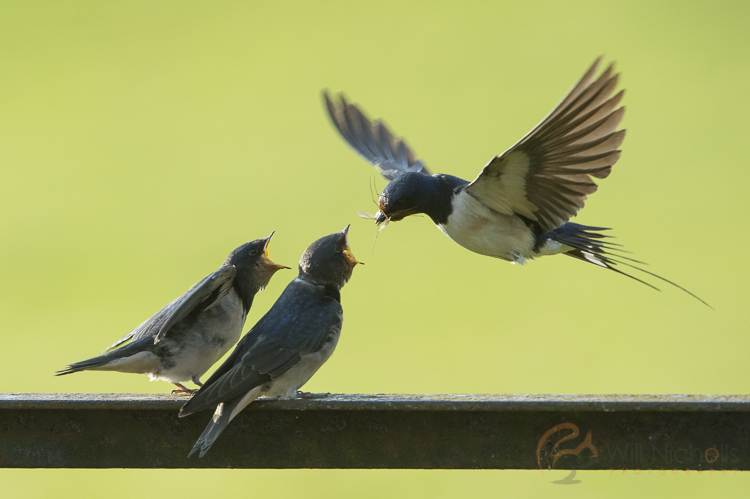






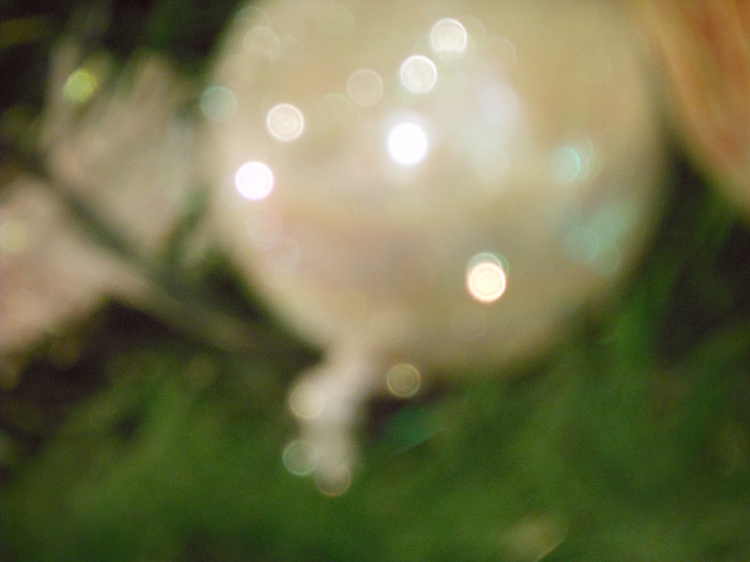
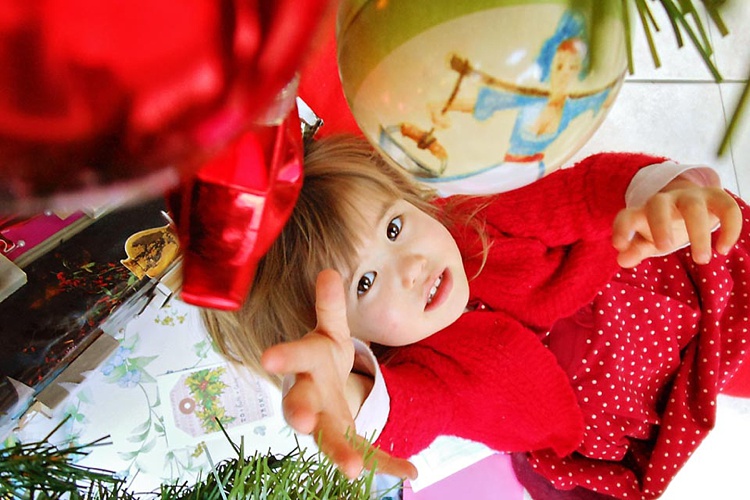




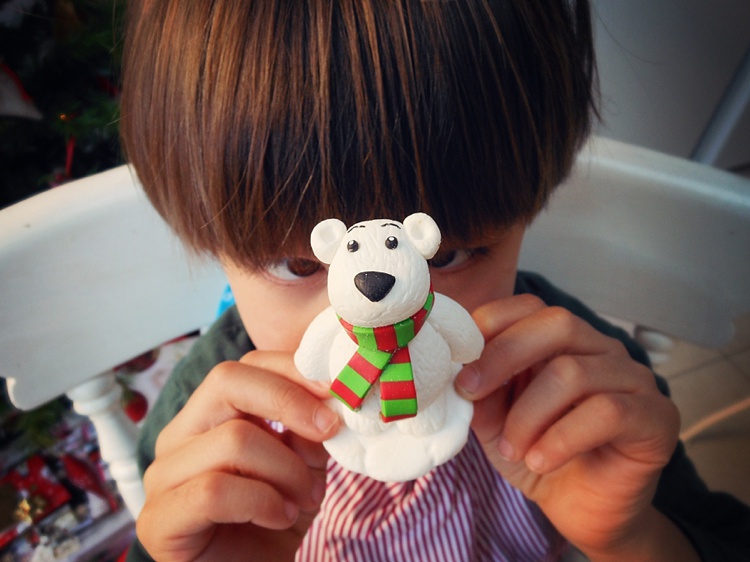


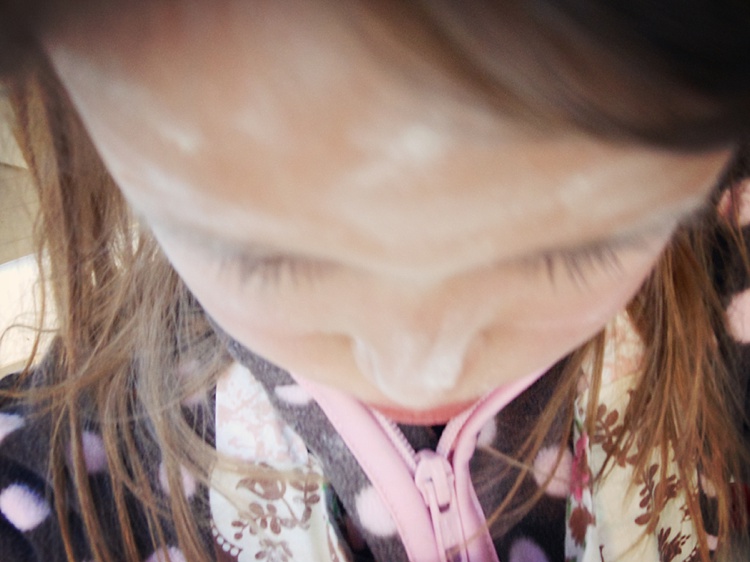

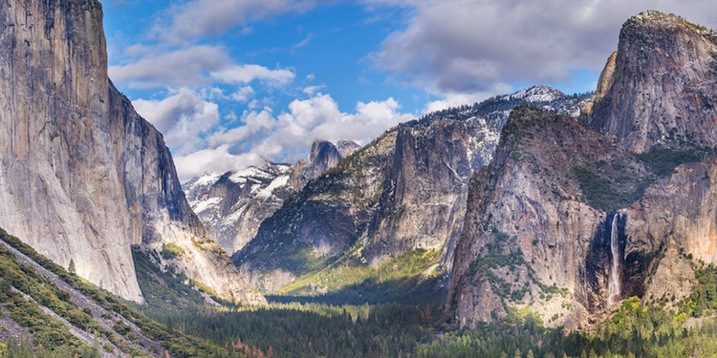



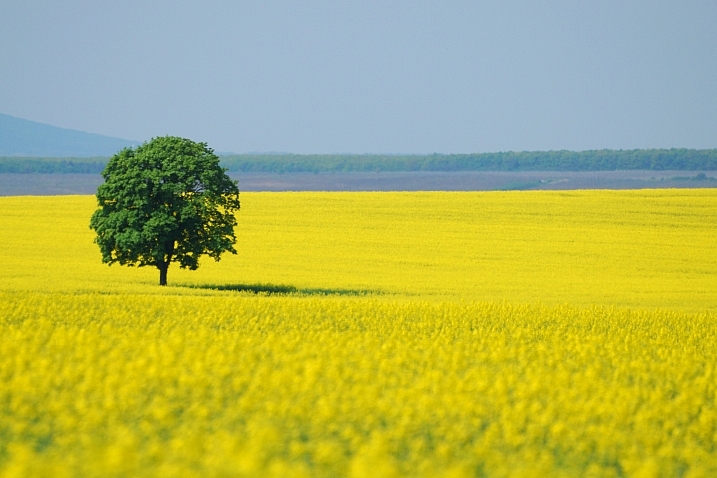

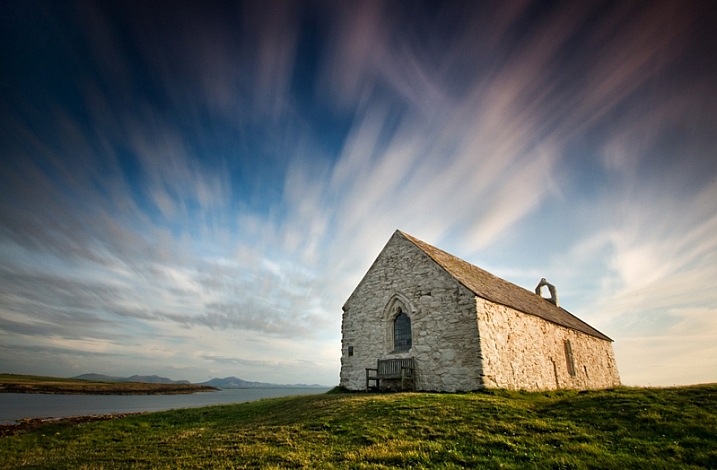
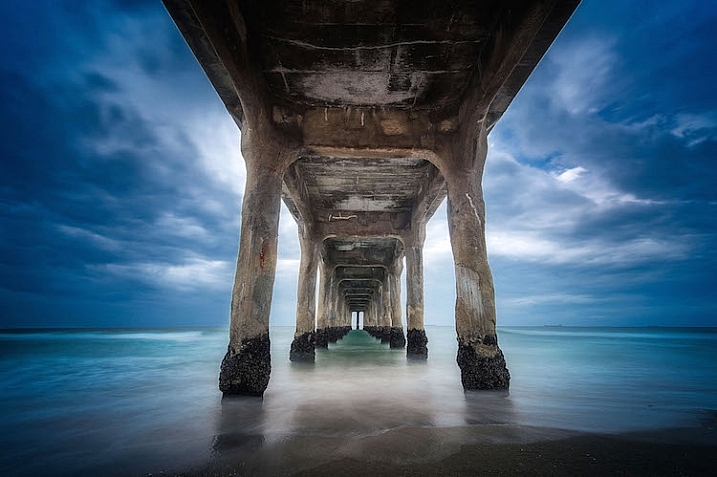
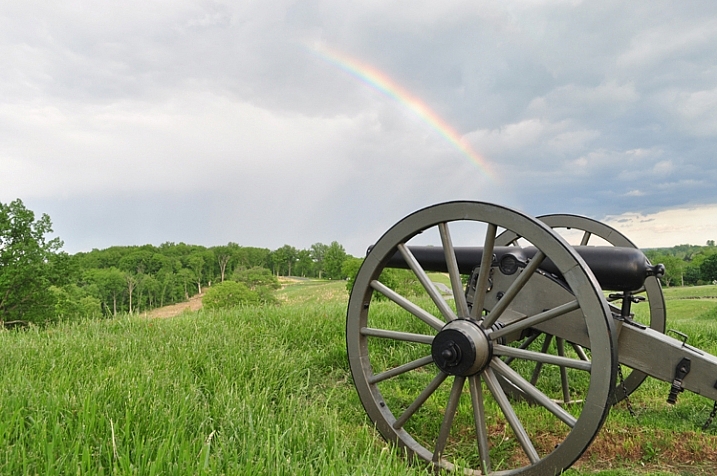
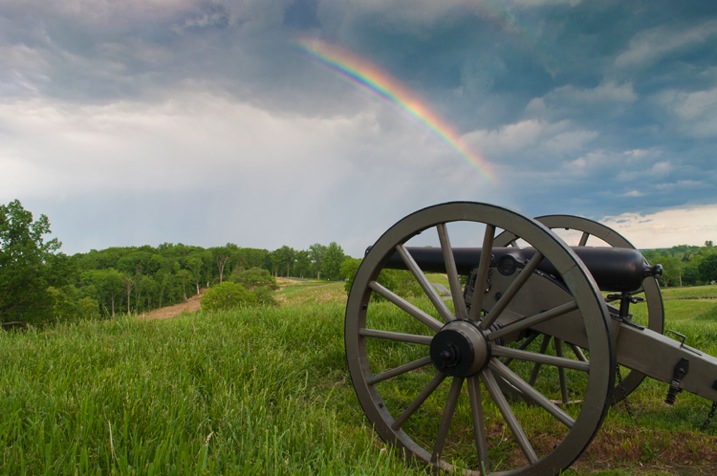
You must be logged in to post a comment.